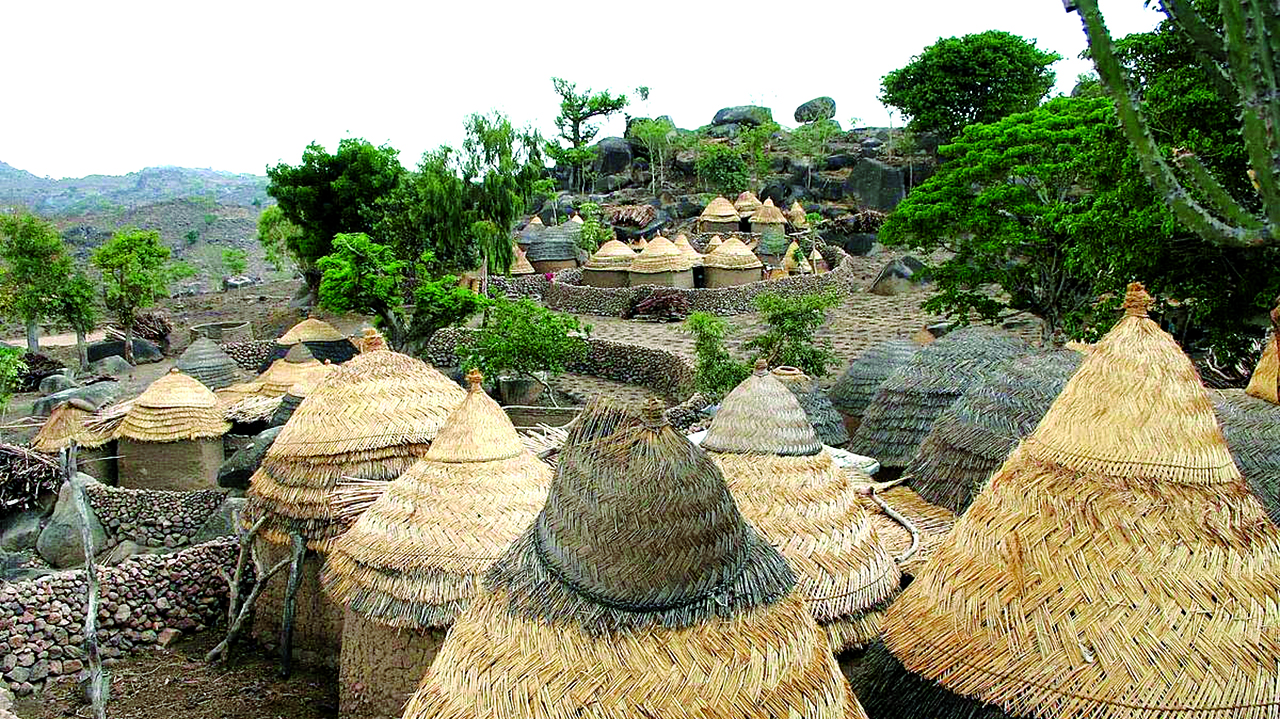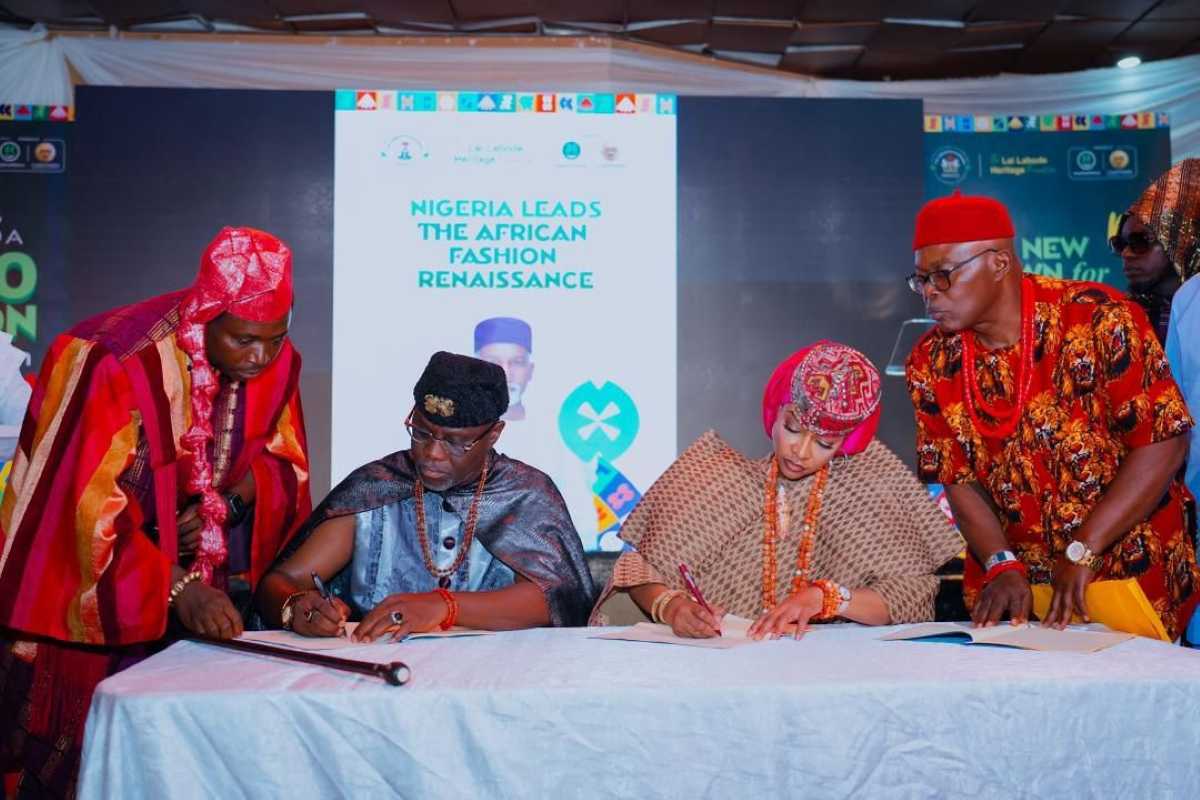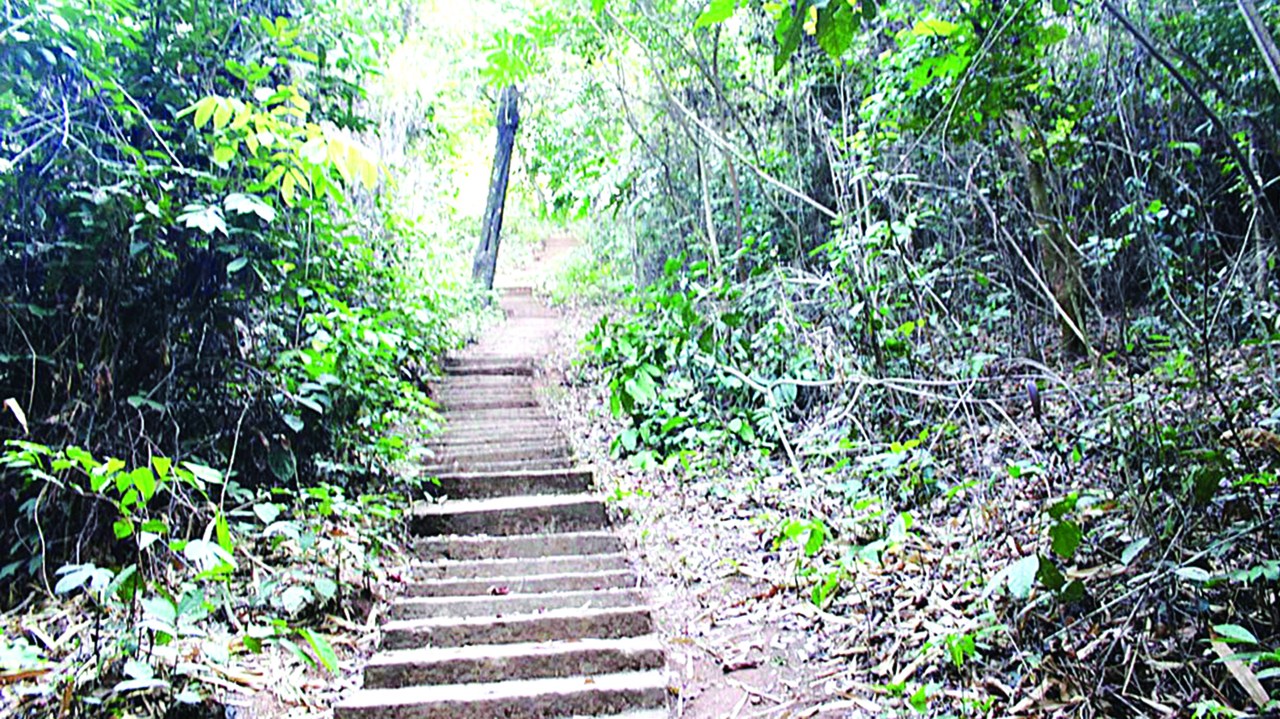
The minister, at least, in the last three months, has made definitive statements that are indicative of culture and tourism been important aspects of his vision for the ministry. The recent policy statements are salutary for a government that hopes to generate more revenue from its Culture, Creative Industry.
The minister has woken up to the fact that the country has a lavish spread of cultural heritage, whose potential has not been properly harnessed.
In October, he had revealed the Federal Government’s plan to launch a National Policy on Culture as well as National Policy on Tourism.
Speaking in Lagos at a media briefing to unveil his ministry’s agenda for the culture and tourism sector, he reiterated the government’s determination to lift the creative industry and make the country a tourism hub.
The ministry, he said, would organise a regional summit on culture and tourism, starting next year to work with other countries in the West Africa sub-region to foster the development of the sector.
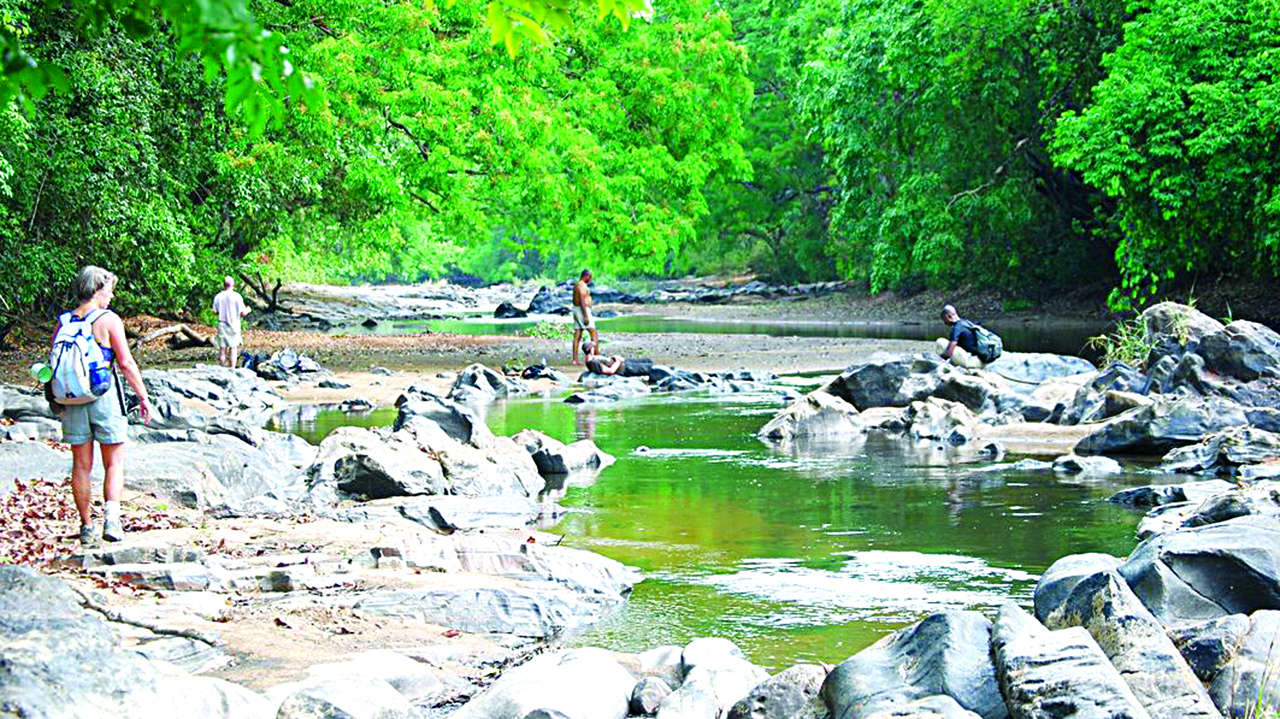
Aside from finalising work on and launching the country’s National Festival Calendar this year, which is geared towards attracting more tourists, there are plans to get more “sites in Nigeria inscribed as the United Nations Educational, Scientific and Cultural Organisation (UNESCO) World Heritage Sites.”
In November, he unveiled another plan, which would see Nigeria holding a yearly national conference on restitution of cultural property in line with recommendations in the declaration by Economic Community of West African States (ECOWAS) Heads of States and Governments last year in Abuja.
Mohammed said, “with the announcement, we are putting on notice all those who are in possession of Nigeria’s cultural property anywhere in the world that we are coming for them, using all legal and diplomatic instruments available.”
He said the government was commencing the ‘Campaign For The Return and Restitution of Nigeria’s Looted and Smuggled Artefacts’ with a quest to retrieve the Ife Bronze Head, which was one of the items stolen in 1897 from the country’s national museums.
And lastly, during his visit to the Osun-Osogbo Sacred Grove in Osun State, which is one of the country’s two UNESCO World Heritage Sites, the minister announced plans to enlist more of Nigeria’s cultural sites. He said Nigeria’s quest to have more is due to the abundance of sites that qualify for such listing in the country.
Alhaji Mohammed said the country would leverage on its election into the UNESCO World Heritage Committee last month to push for the enlistment of more sites.
“We are taking immediate steps to first enlist the sites on the Tentative List, after which they can be inscribed as World Heritage Sites,” he said.
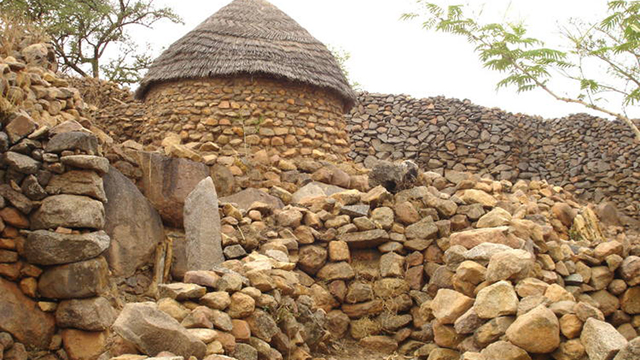
The minister listed the sites being considered for World Heritage Site designation as the ancient Kano City Walls, which witnessed the famous Trans Sahara Trade of which Kano was the dominant force.
“This trade linked the great kingdoms and empires of West Africa with North America and even Europe. Last month, we successfully obtained a court order restraining persons encroaching on the Kano City Walls and Associated Sites,” he noted.
Another site of the list is the Brazilian Baracoon Museum/Point Of No Return in Badagry, Lagos State, where slaves departed Nigeria to the Americas and the forests in Oke-Igbo, Ile Oluji Axis of Ondo State, which was the inspiration for D. O. Fagunwa’s book, ‘Igbo Olodumare’.
Others are the Gashaka-Gumti National Park, Nigeria’s largest national park, which is located in the eastern provinces of Taraba and Adamawa, close to the border with Cameroun.
Also on the list is the Ogbunike Caves in Ogbunike community, Oyi Council of Anambra State. Beyond providing refuge in times of peril, the Ogbunike caves are a spiritual bastion and a hidden gem of the Nigerian East. In the latter months of 1968 and 1969, when hundreds of people hid in the dark to escape the perils of the Nigerian Civil War, the Ogbunike caves presented many options.
For the locals and soldiers, who hid and lived there for days and weeks in some cases, it was familiar territory; a complex maze of caves that outsiders could never understand. It was not the first time that the Ogbunike caves offered a place for hiding; it is said that slave traders in pre-colonial times hid in the caves from which they planned and executed slave raids.
The safety and refuge that the caves have provided across history are partly why they hold special importance to the indigenes of Anambra and the East of Nigeria, to an extent.
The culture minister explained that a World Heritage Site is a landmark or area, which is selected by UNESCO as having cultural, historical, scientific or another form of significance, and is legally protected by international treaties.
“The fact that the General Assembly, comprising the entire 193 states parties, last month elected Nigeria into the UNESCO World Heritage Committee is a positive development for our quest to have more sites designated as World Heritage Sites. And we shall use our presence on this Committee to fight for the enlistment of many more sites from Nigeria into the World Heritage list because Nigeria is really blessed with a lot of potential sites,” he said.
BUT what exactly qualifies as cultural or natural heritage?
In order to be deemed a World Heritage site, UNESCO noted in its Operational Guidelines 2012, the location must be of Outstanding Universal Value, demonstrating international significance; it must “transcend national boundaries and be of common importance for present and future generations of all humanity.”
After World War I, demand increased for an international movement to protect the World’s heritage, and in 1972, following the United Nations Conference on the Human Environment in Stockholm, Sweden, UNESCO adopted the Convention concerning the Protection of World Cultural and Natural Heritage—and thus the beginning of World Heritage Site listings.
This convention spearheaded the universal desire for balance between human interactions (cultural heritage) and the need to preserve our environment (natural heritage).
The 1972 Convention of UNESCO on world cultural and natural heritage clearly identified monuments, sites, and landscapes of outstanding values for the whole of humanity.
But since then, focus had been on the material aspect of the culture. UNESCO wanted to safeguard cultural heritage — tangible and intangible.
By tangible, reference is being made to those aspects that have physical form and for intangible, the focus is on literature In this regard, we are talking about our literature, language, folktales, proverbs, songs, and poems.
“But what we in Africa, the third world, have is more of the intangible, i.e. our oral intangible heritage such as songs, dances, poems, language. It appeared that they were short-listing the third world, especially Africa. We do not have enough of monuments and sites. But we have a lot of the intangible,” the late linguist, culture activist, actor, and scholar, Professor Akinwumi Ishola told The Guardian in 2005, when the Ifa Divination System, as a “Masterpiece of the Oral and Intangible Heritage of Humanity” was endorsed by UNESCO on November 25, 2005.
What Nigeria Has To Do
THE complicated and often long process begins with each of the 193 states making a ‘Tentative List’— essentially taking stock of any sites within its territory that demonstrate natural and cultural importance.
This is a list that each state party will pull from when nominating a site for inscription. If a state finds that a site within their boundaries qualifies as having Outstanding Universal Value and demonstrates one of the 10 criteria, it may choose to present a nomination file for that site.
This file is extensive, including items such as maps, thematic studies, property history, and other necessary documentation needed to prove the Outstanding Universal Value of the site.
State parties are encouraged to seek contributions from local inhabitants, governments, non-governmental organisations, and other people who may be interested or have information regarding the site.
Once the file is submitted, the Advisory Bodies must approve it, before sent to the World Heritage Committee. This Committee meets once per year and determines which sites meet the Outstanding Universal Value criteria necessary for Inscription. It has the power to reject or defer a decision and also can remove sites from the list if they no longer meet the mandatory criteria.
The Guardian gathered that the exercise maybe fruitless if it is not properly packaged. Recall that a new National Policy on Culture has foot-dragged because Nigeria did not comply with UNESC’s guidelines, paramount of which is that a cultural policy shall be reviewed at least once in eight years. So, it was more than twice a belated exercise. Also, due to the restricted circulation of the text, it wasn’t addressed to the Nigerian people as sovereign owners.
This contrasted sharply with the case in 1988 when culture administrators mobilised universities, journalists, trade unionists and civil society representatives, among others, to make their input to the implementation strategies.
Basically, a national committee should be inaugurated for this kind of thing. The teams that packaged the listing of Sukur Cultural Landscape and Osun-Osogb Grove should be consulted for technical assistance.
UNESCO World Heritage List Selection Criteria
UNTIL the end of 2004, World Heritage sites were selected on the basis of six cultural and four natural criteria.
Since 2005, the criteria have been brought together in only one set of 10 criteria for both cultural and natural properties, as put in the Operational Guidelines for the Implementation of the World Heritage Convention.
To be included in the list, a site must present an outstanding universal value and meet at least one of the 10 criteria. Furthermore it must satisfy the conditions of integrity and/or authenticity and be equipped with an adequate system of tutelage and management to grant its conservation.
The 10 selection:
• to represent a masterpiece of human creative genius;
• to exhibit an important interchange of human values, over a span of time or within a cultural area of the world, on developments in architecture or technology, monumental arts, town-planning or landscape design;
• to bear a unique or at least exceptional testimony to a cultural tradition or to a civilization which is living or which
has disappeared;
• to be an outstanding example of a type of building, architectural or technological ensemble or landscape which illustrates (a) significant stage(s) in human history;
• to be an outstanding example of a traditional human settlement, land-use, or sea-use which is representative of a culture (or cultures), or human interaction with the environment especially when it has become vulnerable under the impact of irreversible change;
• to be directly or tangibly associated with events or living traditions, with ideas, or with beliefs, with artistic and literary works of outstanding universal significance. (The Committee considers that this criterion should preferably be used in conjunction with other criteria);
• to contain superlative natural phenomena or areas of exceptional natural beauty and aesthetic importance;
• to be outstanding examples representing major stages of earth’s history, including the record of life, significant on-going geological processes in the development of landforms, or significant geomorphic or physiographic features;
• to be outstanding examples representing significant on-going ecological and biological processes in the evolution and development of terrestrial, fresh water, coastal and marine ecosystems and communities of plants and animals;
• to contain the most important and significant natural habitats for in-situ conservation of biological diversity, including those containing threatened species of outstanding universal value from the point of view of science or conservation.

